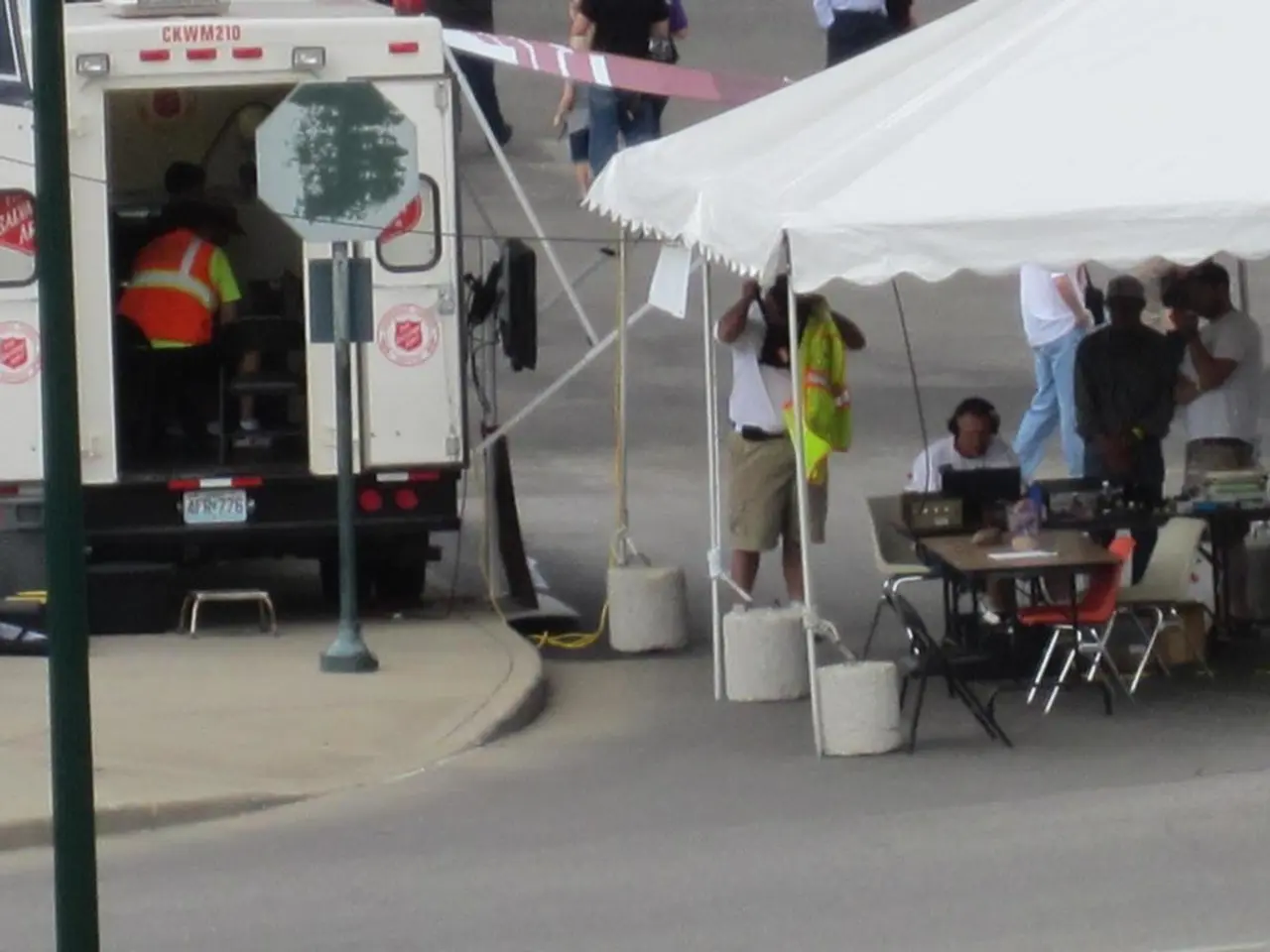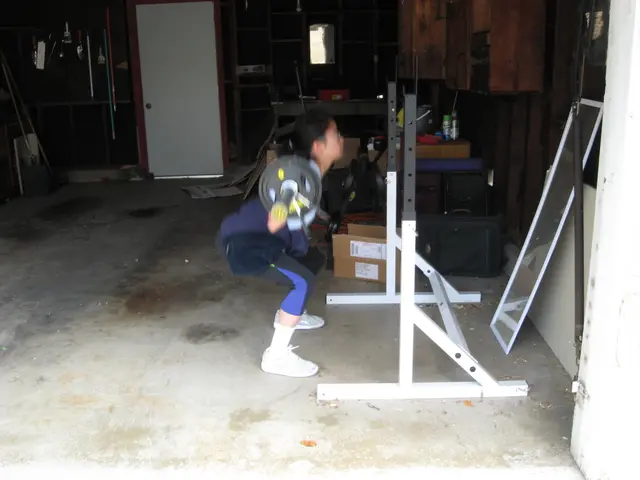Humanitarian relief initiatives by the Israeli Defense Ministry's COGAT in Gaza gain noticeable progress
In an attempt to improve the humanitarian situation in the Gaza Strip, the number of aid distribution centers is set to increase from four to 16. This initiative is part of a broader effort led by the Israeli Defence Ministry's COGAT (Coordinator of Government Activities in the Territories) and international organizations.
COGAT has been facilitating the entry of significant amounts of aid into Gaza, including food, medical supplies, and cooling equipment. Over 280 trucks carrying essential supplies have entered Gaza through Kerem Shalom and Zikim crossings. Additionally, 216 trucks were filled with food, medical supplies, and 25,100 vials of polio vaccine, enough for over 1.25 million people.
The US Ambassador Mike Huckabee announced a plan to expand aid distribution operations in the Gaza Strip, with the US financing the construction of 12 additional aid distribution centers. Israel has also expressed potential plans to fund the Gaza Humanitarian Foundation (GHF) or allow foreign countries to send supplies to the Gaza Strip.
The UN OCHA has outlined detailed plans for essential aid delivery, including fuel, electricity, medical materials, and repair equipment for infrastructure, working closely with Israeli authorities to allow timely approvals and deliveries. However, these efforts face severe challenges. Humanitarian organizations like the IRC express concern that these efforts remain insufficient, undermined by repeated Israeli government restrictions, lack of sustained access, and dangerous conditions at distribution sites operated by the GHF and private security firms.
The GHF’s aid distribution sites have been sites of violence, causing hundreds of civilian deaths and injuries. UN experts have called for the immediate dismantling of GHF due to accusations of it effectively mirroring a hostile blockade and contributing to mass displacement and civilian suffering. The hunger crisis is acute, with 1.9 million displaced and widespread malnutrition and death, including among children.
Despite these challenges, COGAT emphasises its commitment to facilitating aid, including food and medical supplies, water supply, field hospitals, and medical evacuations. A coordinated effort by 7 countries led to the airdrop of over 131 pallets of food aid packages into Gaza. As of now, almost 1,900 trucks have been collected and distributed by the UN and international organizations.
In the coming weeks, Gazans will be able to pick up aid at these new distribution centers as Israel ramps up its aid distribution efforts in the Gaza Strip. The hope is that these expanded efforts will help alleviate the humanitarian crisis and support the civilian population in Gaza.
- The US Ambassador has announced plans to expand aid distribution operations in the Gaza Strip, financing the construction of 12 additional aid distribution centers, focusing not only on food and medical supplies but also on expanding the provision of health-and-wellness resources.
- In an unexpected twist, Israel has expressed potential interest in funding the Gaza Humanitarian Foundation or allowing foreign countries to send supplies to the Gaza Strip, with the aim to further improve the food, science, and health-and-wellness situation in the region.
- Apart from the GHF's issues with safety and violence, there has been considerable debate among international news outlets and experts about the efficiency of financial aid distribution and the development of sustainable infrastructure, including fuel, electricity, and repair equipment for infrastructure, within the context of Gaza's current humanitarian crisis.




